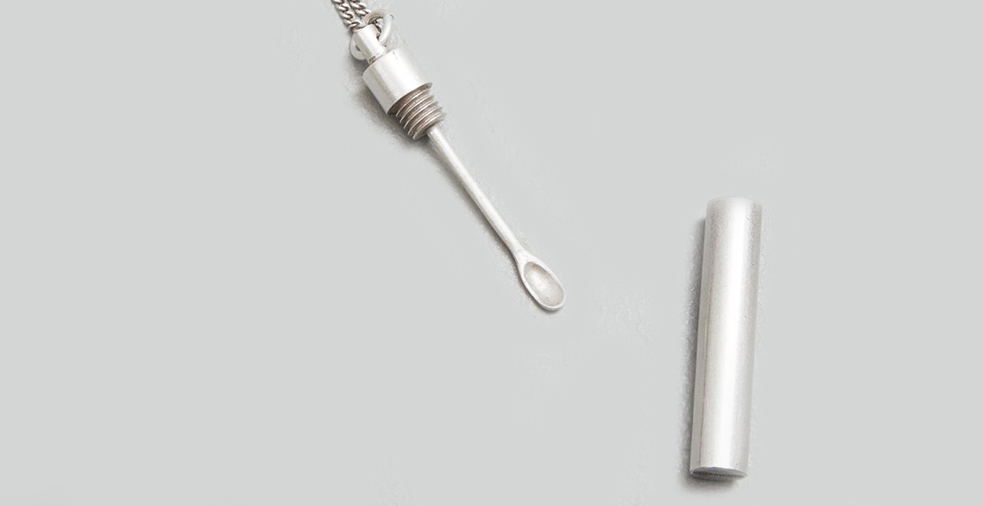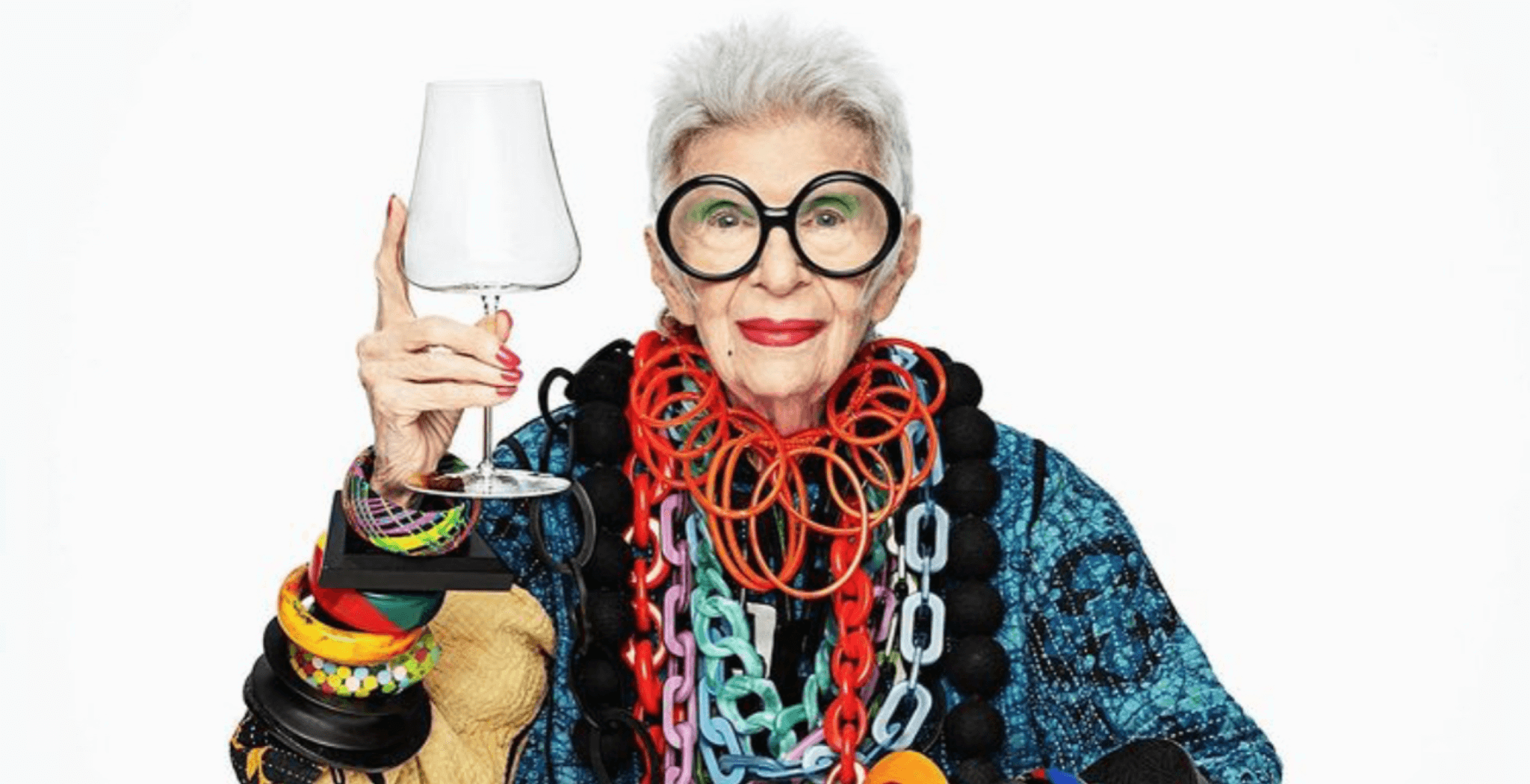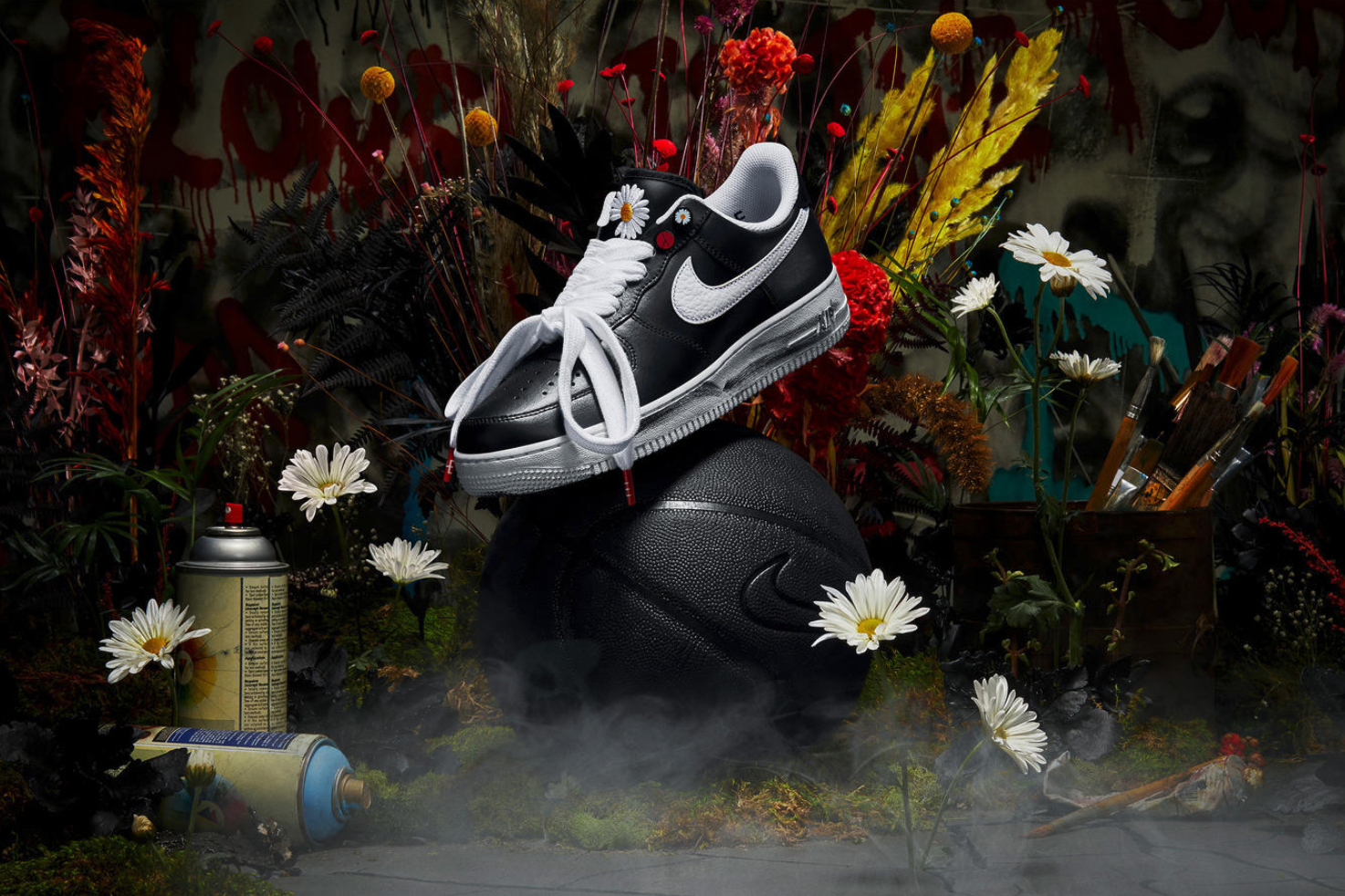Content Warning: Mention of eating disorders and depression
In 2014, when I was 15, Tumblr acted as somewhat of a religion to me. It dictated what I
wore, what books I was reading and shows I was watching, how I did my make-up, and
unfortunately what I was (or wasn’t) eating. Pictures of pale hands holding cigarettes over
thin legs in tennis skirts became religious symbols, quotes from American Horror Story or
Skins (in the vein “Nobody breaks my heart“) my holy texts. The gospel consisted of The
1975 and Marina and The Diamonds.
Watching people partake in a collective nostalgia for a time just 10 years ago, calling for a
Tumblr Renaissance, definitely feels strange. My lifestyle as a teenager, alongside many
others, is now a prescribed and studied aesthetic. Back then, it didn’t feel special to be on
Tumblr. But as the internet trend cycle mills on and on, we’ve found ourselves
romanticising the black and white grid posts and grunge outfits of the Tumblr era again.
Pictures of a bleach blonde Sky Ferreira wearing flannels are doing numbers in TikTok
photo compilations, developments clearly emblematic of a general longing for the “Golden
Age of Tumblr“ which is usually dated back to 2012-2016.
This reminiscence goes as far as assigning the Tumblr imagery to popular online content
today; Recently a picture of models Alex Consani and Hunter Schafer sitting on a concrete
street smoking cigarettes with a bottle of coke next to them, has been making rounds on
Twitter, with the caption: “this would’ve gone double platinum on tumblr in 2014“. There
seems to be a clear understanding of what makes this specific visual so identifiable and so
recognizable.
Arguably, Tumblr made social media aesthetically appealing, or aesthetically interesting,
for the first time. Before, the internet of Myspace and Facebook was mostly made up of
blue and white, sterile, dull boxes of names with very little regard paid to appearance.
Tumblr, being all about curation and expression of personal taste, changed this. On their
podcast Rehash, Maia “Broey Deschanel“ and Hannah Raine, describe the blogging site as
the ultimate “antithesis“ to other social media platforms of the time:
“I think whatever flack people are getting […] for using Facebook or Myspace, Tumblr is
sort of the antithesis to that, because from the beginning it does a very good job of
establishing itself a unique and being about creativity and self-expression.“
It allowed personality and character to shine through, importance was put on who had the
most beautiful page and catchy URL, not on who had the most friends.
Nevertheless, Tumblr was about much more than pretty pictures. In the depths of tumblr
dot com, you could find a subculture for pretty much anything. The Hunger Games
fandom, LGBTQ forums or music enthusiasts are maybe some of the more expected
communities. But how about the RabiesPride community? Or the SnapeWives
community? Tumblr’s depths allowed for every niche interest to be made into a network of
fellow-minded followers. This is what made it such a special place.
Personal scrapbook for some, digital fan club for others, Tumblr made space for everyone.
In this way, it became a non-physical, yet literal, safe space, especially for teenagers. Teens
and tweens with often nowhere but their home or their school to go, found solace in the
digitally-fabricated third place that was Tumblr.
Yet, not everything that glitters is gold, even in the Golden Age of Tumblr. The same niche-
friendly concept that became home to many informative, valuable spaces that connected
people allowed for dangerous content to go unchecked and unregulated. “ProAna“ spaces
promoted and relativized eating disorders, often among very young girls. Unhealthily thin
bodies were adorned by song lyrics in staged black and white photographs, deeming the
bony figure as inspirational (=“thinspo“). Truthfully, I find it hard to dismiss this tragic
chapter of the internet as “just one of Tumblr’s slip-ups“ after three sentences and then
move on. However, I think there are already insightful words by very clever people out
there, that give the topic the space and emotional caution it deserves (Like this
article ). Nevertheless, this is just one example
of how glamourised mental illness often was on Tumblr, how the platform pushed its users
to engage in dangerous behaviour instead of helping them break out of it. Unfortunately
we are denied the comfort of knowing this content died with Tumblr, as most of it just
found a new home on platforms like Twitter or TikTok, and is thriving yet again.
Luckily there has been a shift around how we talk about mental illness online. Though at
times surely still present, the romanticization and commodification of psychological
struggles, specifically depression, on Tumblr has made space for more open conversations
surrounding these issues. If anything, we are now seeing a development in the exact
opposite direction with the excessive (mis-)use of therapy-speak and blogs committed to a
forcedly positive mindset.
Could this inauthentic, polished feel of social media be one of the reasons for the ongoing
Tumblr-nostalgia we are experiencing? Or is it simply part of our growing pains? Most
people that used the site ten years ago are younger millennials or older Gen-Z who are now
moving into adulthood. The longing for this time could therefore be explained by the
simple reminiscing on one’s teenage years. Though difficult and awkward, it’s easy to look
back on those days and romanticize the dualities of teen angst. At least, everyone expects
you to be angsty when you are a teenager. The illusion of peers having their life together,
becomes an intimidating shadow hanging over your twenties. Therefore, it might not only
be the fishnets and chokers, the indie grunge music and black nail polish we are missing; it
might be a desire to still be able to be embarrassingly human on the internet without
judgement.




























